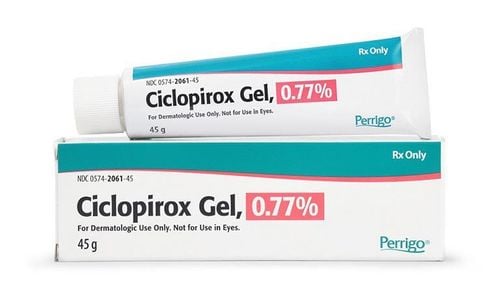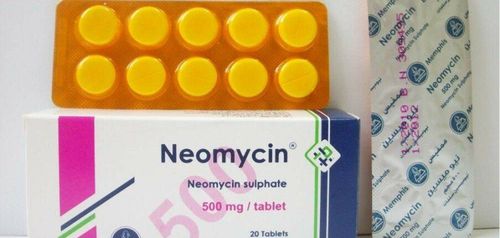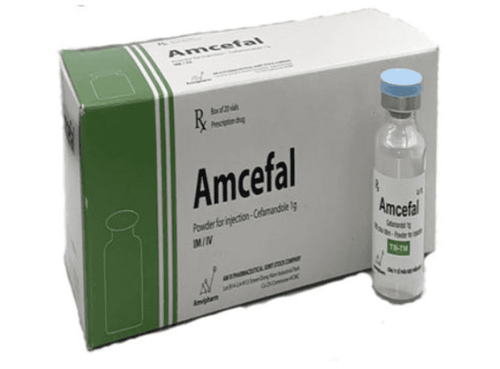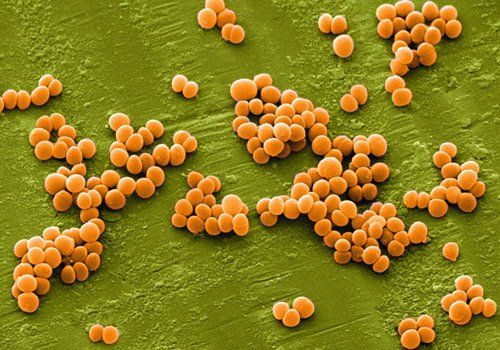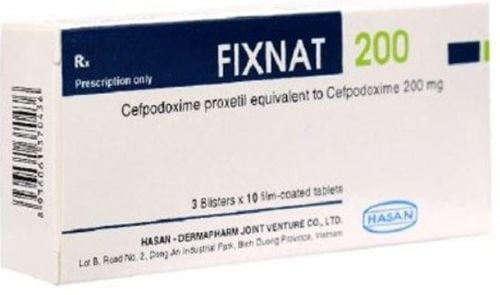This is an automatically translated article.
The article was professionally consulted by Specialist Doctor I Nguyen Thi My Linh - Neonatologist - Pediatrics - Neonatology Department - Vinmec Danang International General Hospital. Specialist Doctor I Nguyen Thi My Linh has 12 years of experience in diagnosing and treating pediatric diseases.Staphylococcal bacteremia in children can happen because bacteria get into the body of a young child. They will secrete substances that are toxic to the body, leading to multi-organ failure diseases such as liver failure, kidney failure. Therefore, parents should learn about the disease to prevent young children from getting staph infections.
1. What is a Staphylococcus aureus infection?
Patients with staph infections are caused by staphylococcus bacteria, bacteria found on the skin or on the nose, that can appear on the body of healthy people.Usually, these bacteria spend most of their time on the skin causing no damage or relatively minor skin infection problems.
However, a staph infection can be completely fatal if the bacteria have penetrated deeper into the body, into the bones, joints, lungs, blood or heart of the patient.
Sepsis occurs at all ages, in which, people with weakened immune systems (HIV/AIDS, cancer), infants and young children, the elderly, people who have just had surgery, patients with urinary tract infections. sugar, ... are people at high risk of disease.
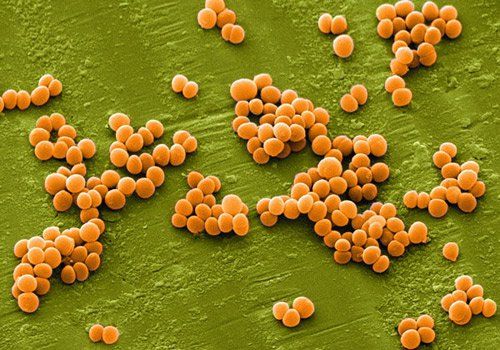
2. Signs of a child with a staph infection
The first sign and also easily observed with the naked eye is from scratches on the skin, through the blood, and then the blood travels through the human body, causing the protective barrier to be broken. At that time, sepsis will penetrate easily, causing serious infection. Bone infections can also lead to staphylococcal bacteremia in some patients. In addition, the bacteria that cause sepsis can also enter the body through incisions, sores of bedridden patients, intravenous lines, and urethral catheters. In particular, skin infections caused by staph bacteria will often include:Impetigo : This is a painful and painful rash caused by staph bacteria on the body of the patient. Impetigo will form large, pus-filled areas that form a honey-colored crust. Boils: Possibly the most common type of staph infection, it is shaped like a pus-filled sac that grows in an oil gland or hair follicle. When this happens, the skin above the infected area will become red and swollen. Attention patients, if the boil bag is broken, it can lead to pus retention. Usually, boils will often appear in places like the arms, or around the groin or buttocks on the human body. Cellulitis: This is an infection of the deeper layers of the skin, which is the main cause of redness and swelling of the skin's surface. Watch out for sores or areas of mucus that may be overgrown. Staphylococci cause burning skin syndrome: Toxins produced during a staph infection can lead to staphylococcal burn syndrome. The most affected are infants and children, which are characterized by fever, rash and sometimes blisters. When the blisters burst, they leave behind a rough red surface that looks like a burn.
3. Symptoms of sepsis
High fever, constantly changing body temperature. Rapid breathing or irregular breathing. Chills. Urinating less than usual. Rapid pulse. Nausea, vomiting; get diarrhea.4. How to prevent staphylococcus aureus infection
Bandage the wound carefully: Using waterproof gauze to cover the wound is a way to prevent bacteria from entering the patient's skin or blood vessels.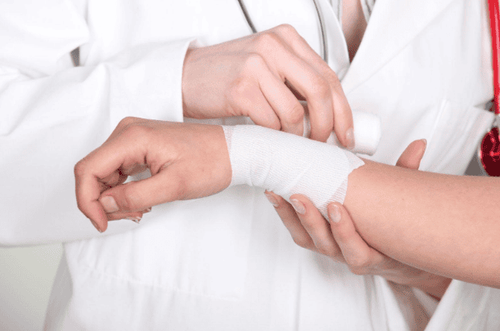
As a key area of Vinmec Health system, Pediatrics Department always brings satisfaction to customers and is highly appreciated by industry experts with:
Gathering a team of top doctors and nurses in Pediatrics : consists of leading experts with high professional qualifications (professors, associate professors, doctorates, masters), experienced, worked at major hospitals such as Bach Mai, 108.. Doctors All doctors are well-trained, professional, conscientious, knowledgeable about young psychology. In addition to domestic pediatric specialists, the Department of Pediatrics also has the participation of foreign experts (Japan, Singapore, Australia, USA) who are always pioneers in applying the latest and most effective treatment regimens. . Comprehensive services: In the field of Pediatrics, Vinmec provides a series of continuous medical examination and treatment services from Newborn to Pediatric and Vaccine,... according to international standards to help parents take care of their baby's health from birth to childhood. from birth to adulthood Specialized techniques: Vinmec has successfully deployed many specialized techniques to make the treatment of difficult diseases in Pediatrics more effective: neurosurgery - skull surgery, stem cell transplantation. blood in cancer treatment. Professional care: In addition to understanding children's psychology, Vinmec also pays special attention to the children's play space, helping them to have fun and get used to the hospital's environment, cooperate in treatment, improve the efficiency of medical treatment.
Please dial HOTLINE for more information or register for an appointment HERE. Download MyVinmec app to make appointments faster and to manage your bookings easily.





